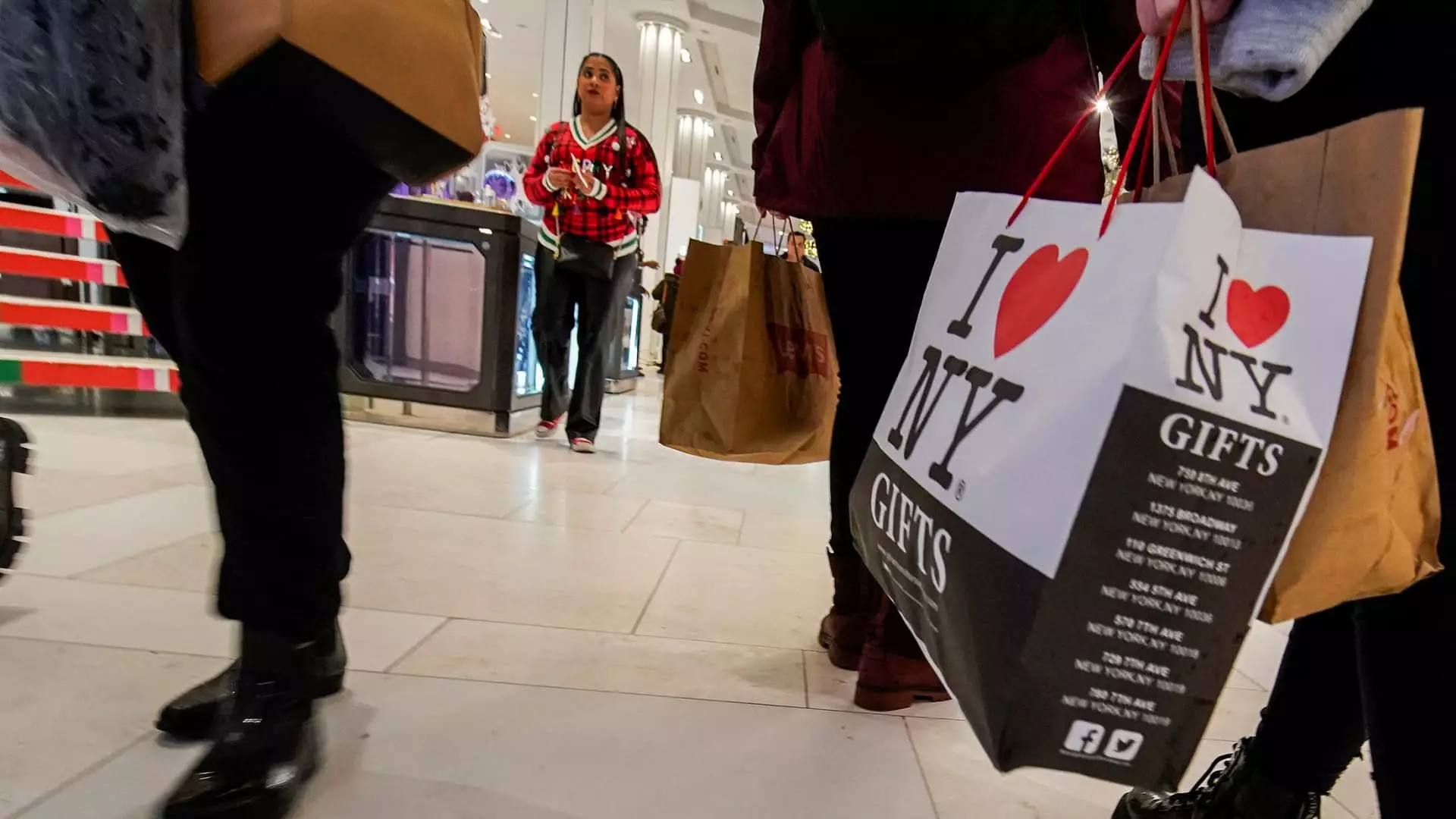Every holiday season, Americans increasingly indulge in lavish gift-giving, and this year is set to break previous records. The National Retail Federation estimates that holiday spending between November 1 and December 31 will soar to unprecedented heights, totaling between $979.5 billion and $989 billion. This enthusiasm is palpable even as consumer credit card debt climbs to a staggering $1.14 trillion. According to Deloitte’s holiday retail survey, the average consumer anticipates spending around $1,778 this year, marking an 8% increase compared to the prior year. While this signifies a robust economy and consumer confidence, it raises important questions about financial prudence, particularly given that many shoppers still grapple with debt from previous holiday seasons.
As shoppers prepare for extensive holiday spending, they exhibit varied strategies for funding their purchases. NerdWallet’s survey reveals that a significant 74% of consumers plan to rely on credit cards, while 28% will dip into their savings, and 16% prefer the increasingly popular “buy now, pay later” (BNPL) services. The latter option is rapidly gaining traction in the consumer finance realm, with projections indicating that BNPL spending could hit $993 million on Cyber Monday alone. However, this surge in alternative payment methods comes with potential pitfalls that consumers may not fully comprehend.
While BNPL can seem appealing, especially when marketed as a fee-free option, financial experts are cautioning against its dangers. Howard Dvorkin, a certified public accountant and chairman of Debt.com, emphasizes that BNPL loans are merely a different form of credit that can lead consumers into financial traps. Unlike traditional credit card debt, which typically features high-interest rates that consumers are aware of, the structure of BNPL does not always make the associated costs clear. Late payments can invite hidden fees and exorbitant interest rates, sometimes reaching up to 30%, mirroring that of the highest credit card charges.
Moreover, as more BNPL accounts accumulate, the likelihood of consumer overspending grows significantly. This stacking effect can create a chaotic financial landscape for consumers, as missed or late payments negatively impact their credit histories.
As holiday shopping ramps up, it is crucial for consumers to revise their financial perspectives. The allure of festive shopping should not overshadow the importance of maintaining financial health. Misinformation and misconceptions about payment methods can lead individuals into deeper debt, especially when they misconstrue BNPL as a safer alternative to credit cards. The festive season is often punctuated by joy, but it should also encourage prudence and strategic financial planning.
While the excitement of holiday spending unites many Americans, there is an urgent need for increased awareness surrounding credit use and payment methods. Educating consumers may help them make informed decisions—balancing the joy of giving with sound financial practices that lead to long-term stability.

